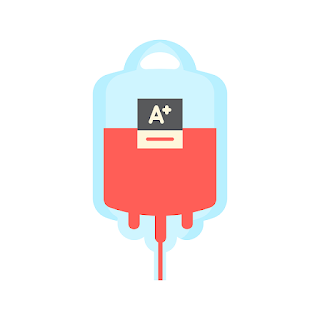If people donate blood for free why am I charged for a Blood Transfusion?
Well, it's complicated. But yes, there are charges involved. You are not charged for the blood itself, but for the process ensuring that the blood is safe, available, and transfusable. Blood transfusions can be costly, so it's crucial for a physician to determine if the transfusion is warranted.
Hospitals do NOT receive blood from blood suppliers for free. The blood supplier charges transfusion center blood banks for donation, manufacturing, and transportation. Red Blood Cells are typically purchased by a transfusion center from a Blood Donation Center at around $200-300, platelets can be roughly $600, and plasma units can be $40-60. The final cost to the patient may be up to 4 times this amount. These charges from the blood center and transfusion center aren't about taking advantage of the patient; there are many costs involved from donation to transfusion.
The blood center must hire employees to run blood drives and process the units. Every donation undergoes infectious disease laboratory testing. Each one must have its Blood Type identified. Component processing, tubings, bags, anticoagulants, shelf stability additives, bacterial testing, leukoreduction filters, and transporting blood to hospitals or other transfusion centers all come at a price.
On reaching the transfusion center, typically a hospital Blood Bank, the Blood Type must be confirmed via testing. The blood must be crossmatched to the patient by the Blood Bank. Sometimes, it may need to be irradiated, washed, or split (for pediatrics). Red Blood Cell units might also need antigen testing if a patient has an antibody towards common Red Cell Antigens.
Additionally, blood banks and transfusion services must meet stringent regulatory standards, which requires frequent training, audits, and quality controls. While ensuring the safety of the blood, it's also essential to account for the indirect costs, like utilities and administrative staff. The strict guidelines they follow are in place to maintain the highest level of safety and ensure the best care for patients.
Some units of collected blood might go unused due to positive tests for infectious diseases or simply because they expire. Given the limited shelf life of certain blood products, like platelets, there's an inherent cost associated with maintaining a larger inventory and managing unusable units.
Research is another essential facet of the blood transfusion world. Blood centers are constantly investing in ways to enhance safety, storage methods, and minimize reactions. While donors generously provide their blood, the system ensuring that this blood reaches those in need safely and efficiently isn't free.
In the end, a nurse will prep the patient for transfusion using a set that connects the bag of blood to a patient's IV. This set, including tubing, filter, and potentially a small bag of saline, also comes at a cost.
It's no small feat: a single transfusion of Packed Red Blood Cells can cost over $1000 after considering all the processes involved. So the next time you or someone you know needs a transfusion, remember the vast infrastructure that ensures each drop of blood is safe and ready when needed.

